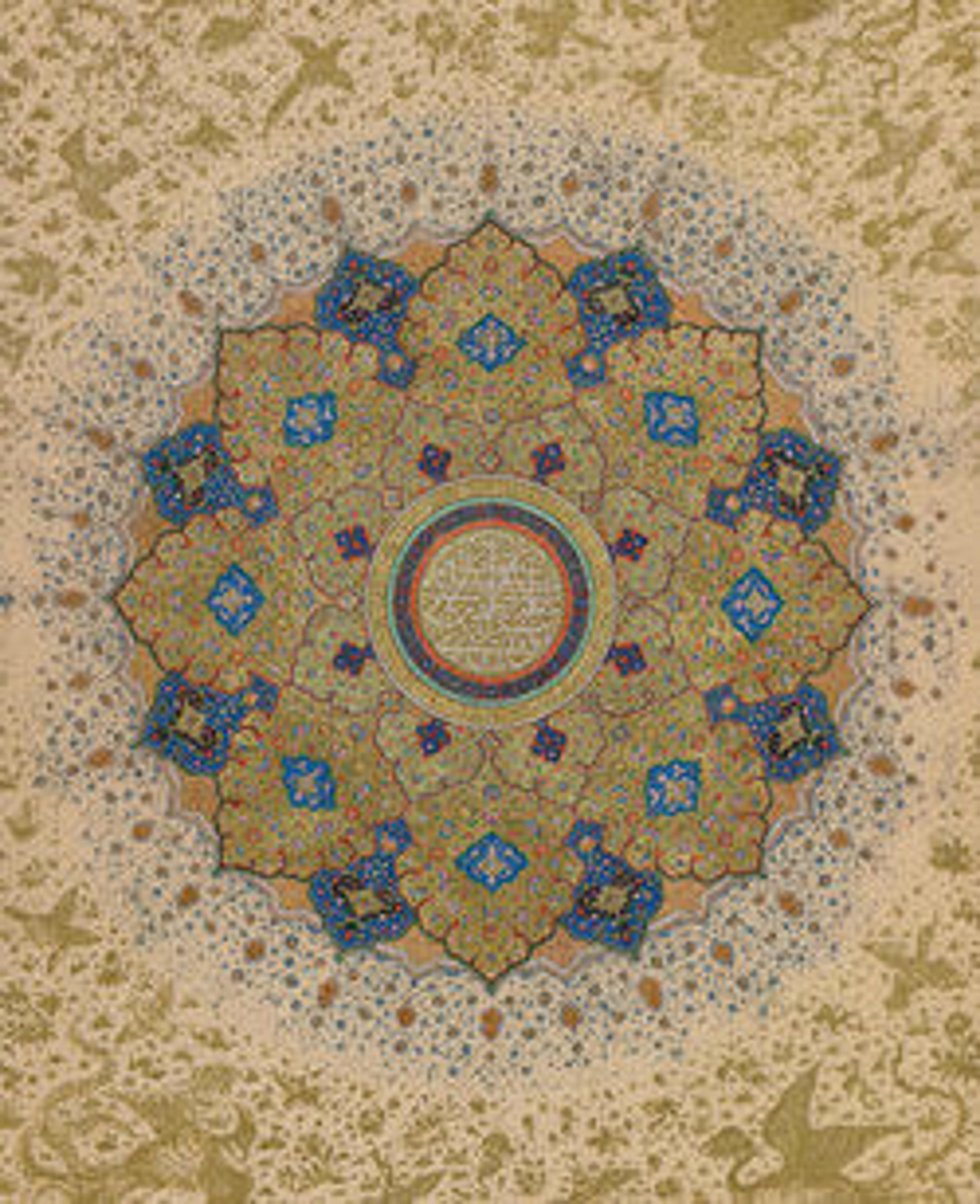Glass Bowl in Millefiori Technique
The millefiori technique was rediscovered in the eighth or ninth century in Mesopotamia and was probably used in the production of objects for the ‘Abbasid caliphs in Baghdad or Samarra. A number of surviving bowls and tiles suggest that it was used both for domestic furnishings and interior decoration. Examples such as these show the sophistication and range of Abbasid glassmakers.
Artwork Details
- Title: Glass Bowl in Millefiori Technique
- Date: 9th century
- Geography: Made in Probably Iraq
- Medium: Glass, green, opaque yellow, and opaque red mosaic; fused, slumped, ground, and polished, applied foot
- Dimensions: H. 2 in. (5.1 cm)
Diam. of rim: 5 5/8 in. (14.3 cm) - Classification: Glass
- Credit Line: Rogers Fund, 2001
- Object Number: 2001.266
- Curatorial Department: Islamic Art
More Artwork
Research Resources
The Met provides unparalleled resources for research and welcomes an international community of students and scholars. The Met's Open Access API is where creators and researchers can connect to the The Met collection. Open Access data and public domain images are available for unrestricted commercial and noncommercial use without permission or fee.
To request images under copyright and other restrictions, please use this Image Request form.
Feedback
We continue to research and examine historical and cultural context for objects in The Met collection. If you have comments or questions about this object record, please contact us using the form below. The Museum looks forward to receiving your comments.
